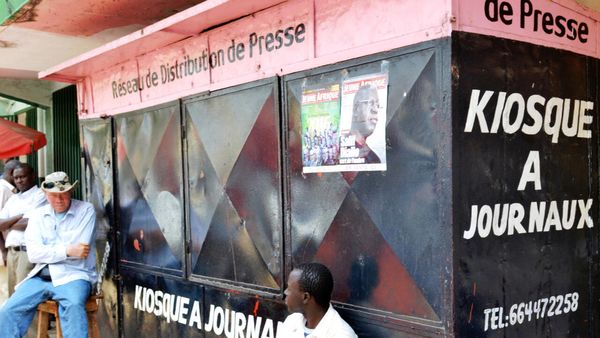
Most mainland Chinese travellers are heading overseas by transiting through Hong Kong as only a tiny fraction of the routes connecting the country with the US have been restored following the end of the pandemic, according to a global airline body.
China's restoration of international connections was also being hampered by its inability to regain outbound slots at overseas airports and persistent labour challenges, a senior member of the International Air Transport Association (IATA) said ahead of its annual general meeting in Istanbul on Monday.
Vice-president for North Asia Xie Xingquan said flights between the mainland and Hong Kong had returned to 50% of pre-pandemic levels and the city's airport played a "very critical role" for the rest of the nation to reconnect with the world.
"Right now, most outbound mainland travellers choose Hong Kong to go overseas," he said.
Airlines were operating 24 flights between China and the United States every week, accounting for just 6% of 2019 levels, Xie noted. While the demand for more flights existed, "difficulties" in bilateral talks were making it a challenge to increase the number, he added.
The war in Ukraine has led to restrictions on flying over Russian airspace affecting about 36 countries, including the US, but not China. Chinese carriers are among airlines using Arctic routes over Russia to reach North America.
Xie said geopolitical factors had made the issue of restoring flight routes between the US and China "sensitive".
Not having access to Russian air space costs the three biggest American airlines - Delta, United and American Airlines - US$2 billion a year. They say the restrictions give foreign airlines using Russian airspace an advantage, including lower fuel costs, shorter flight times and the ability to carry larger payloads.
The IATA encouraged both sides to hold further talks on boosting the number of flights but acknowledged "there is some way to go".
Xie also said Chinese airlines trying to restore their international networks were facing difficulties in obtaining runway slots at international airports after the country largely sealed its borders for three years to contain the spread of the coronavirus. Additionally, the airlines were contending with a shortage of ground handling staff at airports both at home and overseas.
Chinese airlines had avoided laying off staff and even added new aircraft, which allowed prices for domestic air tickets to remain competitive, he added.
Flights to and from China carried about 2.2 million passengers in the first three months of the year, or 12.4% of the number during the first quarter of 2019, before the coronavirus outbreak, according to the Civil Aviation Administration of China.
Philip Goh, IATA's vice-president for Asia-Pacific, on Sunday said the mainland's easing of its travel restrictions had been a "huge boost" for the region, but airports were not ready to handle a full recovery and Asia remained behind other markets that had opened earlier.
The organisation, which represents about 300 carriers comprising 83% of global air traffic, is due to update its industry forecasts at Monday's meeting.
IATA last December said it expected the global airline industry would make US$4.7 billion in profit in 2023, compared with a loss of US$6.9 billion last year.
Airline representatives are also set to discuss strategies for achieving a target of net-zero emissions in 2050 at the meeting.
Airfares from Hong Kong have risen by between 15 and 40% compared with pre-pandemic prices, according to travel agents.
While Singapore Airlines and Emirates have posted record profits buoyed by strong passenger demand, Hong Kong's flag carrier Cathay Pacific Airways recorded a loss of HK$6.5 billion (US$829 million) for 2022.
Cathay aims to reach 70% of pre-pandemic passenger flight capacity by the end of this year and 100% at the end of 2024, when it expects air fares to come down.
Hong Kong, which began lifting its most stringent Covid-19 restrictions in December, is behind many other places in terms of travel industry recovery.
Hong Kong International Airport handled 3.1 million passengers in April, about 24 times more than the same month last year, but still only 48% of pre-pandemic levels.







